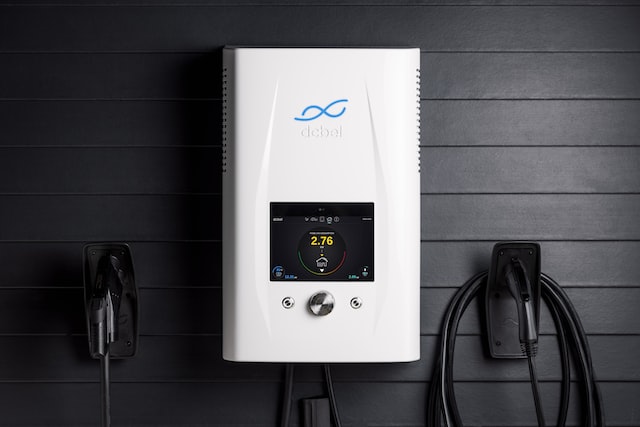There are two types of inverters available on the market today: sine wave inverters and square wave inverters. Both types have their own benefits and drawbacks, so it’s important to understand the differences between them before choosing one for your needs. Sine wave inverters are more expensive than square wave inverters, but they produce cleaner power and are more efficient. Square wave inverters are less expensive, but they produce rougher power and are less efficient. Here’s a closer look at the pros and cons of each type of inverter: Sine wave inverters: – More expensive than square wave inverters – Produce cleaner power – More efficient – Can be used with sensitive electronic equipment Square wave inverters: – Less expensive than sine wave inverters – Produce rougher power – Less efficient
What is a sine wave inverter?
A sine wave inverter is a type of electrical inverter that converts direct current (DC) into alternating current (AC). The output of a sine wave inverter is a sine wave, which is the most common type of AC waveform. Sine wave inverters are used in a variety of applications, including electronics, renewable energy, and power systems.
Square wave inverters are another type of electrical inverter that also converts DC into AC. However, the output of a square wave inverter is a square wave, which is not as common as a sine wave. Square waves are typically only used in specific applications where they are needed, such as some types of electrical equipment.
What is a square wave invertor?
A square wave invertor is an electronic device that converts direct current (DC) into a square wave. The output of a square wave invertor is typically a sine wave. Square wave invertors are used in a variety of applications, including power conditioning, inverter circuits, and as voltage-controlled oscillators.
The pros and cons of each type of inverter
There are two main types of inverters: sine wave and square wave. Sine wave inverters are more expensive but produce cleaner power that is closer to the type of power you get from your utility company. This makes them ideal for sensitive electronics like computers. Square wave inverters are less expensive but produce rougher power that can cause problems for some electronics.
Which type of inverter is best for you?
There are two main types of inverters: sine wave and square wave. Sine wave inverters are more expensive but produce cleaner power that is better for sensitive electronics. Square wave inverters are less expensive but produce power that is not as clean and can cause problems for some electronics.
How to choose the right inverter for your needs
There are two main types of inverters: sine wave and square wave. Sine wave inverters are more expensive but produce cleaner power that is closer to the type of power you get from your utility company. Square wave inverters are less expensive but produce rougher power that can cause issues with some electronics.
When choosing an inverter, you need to consider what you will be using it for. If you are going to be running sensitive electronics, like computers or medical equipment, then you will need a sine wave inverter. If you are just running basic appliances, like a TV or refrigerator, then a square wave inverter will probably be sufficient.
You also need to consider the size of the inverter. Inverters come in different sizes, measured in watts. The size you need will depend on how much power you want to be able to generate. A small appliance might only require a few hundred watts, while an RV air conditioner could require several thousand watts.
Finally, you need to decide how long you need the inverter to run. Some inverters can only run for a few hours before they need to be recharged, while others can run for days or even weeks. If you only need the inverter for occasional use, then a shorter run time may be fine. But if you want to use the inverter as your primary source of power, then you will need one with a longer run time.
Conclusion
There is no clear winner when it comes to sine wave inverter vs square wave inverter. Both have their pros and cons, so it really depends on your specific needs and preferences. If you need an inverter for a sensitive electronic device, then a sine wave inverter would be the better option. However, if you’re looking for an inverter that’s more affordable and doesn’t require as much maintenance, then a square wave inverter might be the better choice. Ultimately, it’s up to you to decide which type of inverter is best for your needs.





